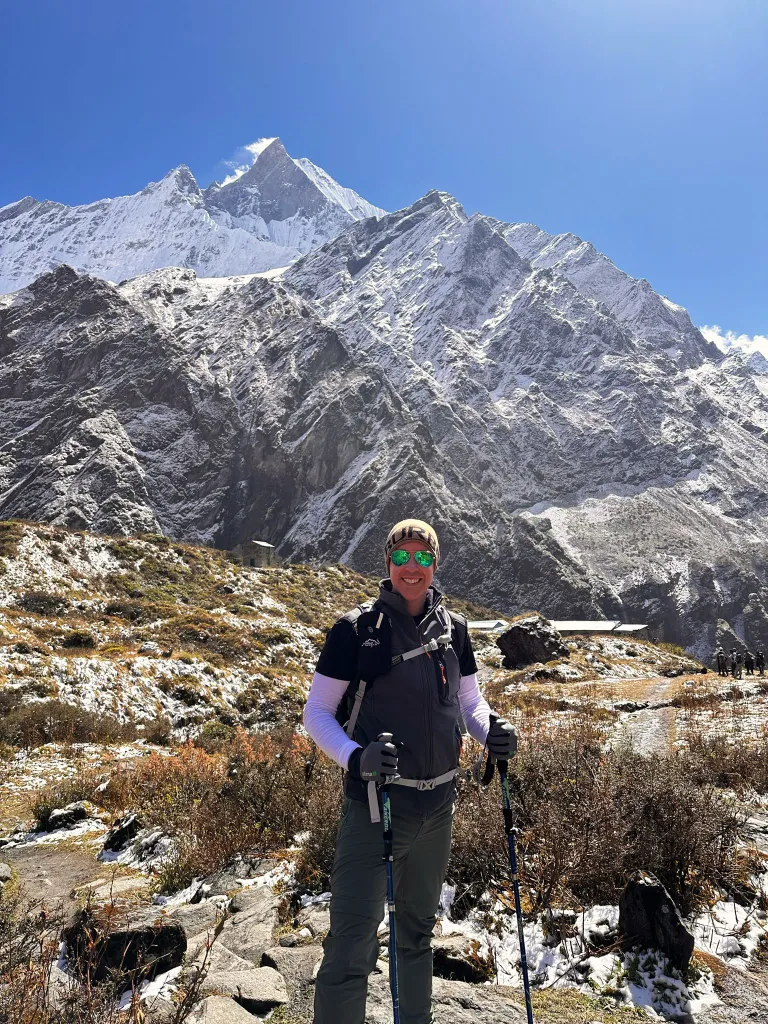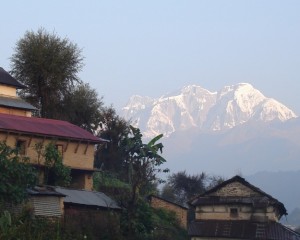Is Langtang Valley Trek worth it ?
The Langtang Valley Trek is a classic trekking route located in the heart of Rasuwa. It circles the famous Langtang Valley and extends to Gosaikunda. Many trekkers may wonder if the Langtang trek is worth it.
The accessible trail leads you through several scenic villages and Tibetan monasteries, with the chance to encounter rare species such as the Himalayan pheasant and the elusive red panda. You'll be constantly cheered by the stunning views of Langtang Lirung, Ganesh Himal, Dorje Lakpa, and many more peaks.
Apart from these, several other things make the Langtang Valley Trek worth it. Let's learn more about the hidden treasures of the Langtang Valley Trek.
Overview of the Langtang Trek
The Langtang Valley Trek offers a captivating experience through one of Nepal's most scenic regions, rich in natural beauty and cultural heritage.
Situated in the northern part of Nepal, the Langtang Valley is known for its stunning landscapes, including towering peaks like Yala Peak and Gang Chhenpo and the lush forests of the Langtang National Park.
Established in 1971, Langtang National Park encompasses rich biodiversity, featuring over 1,000 plant species and numerous mammals and birds. The region is also known for its breathtaking views of peaks such as Langtang Lirung (7,234 m) and Ganesh Himal (7,600 m).
The trek has preserved the ancient Tibetan culture, thanks to the local Tamang and Sherpa communities, whose lifestyles are heavily influenced by Tibetan culture. The area is adorned with traditional villages, Buddhist monasteries, and unique cultural experiences that will leave you fascinated and eager to explore more.

The trek lasts between 6 to 8 days, starting with a drive from Kathmandu to Syabrubesi. The trail leads through picturesque landscapes, including terraced fields and rhododendron forests, ultimately reaching Kyanjin Gompa at an altitude of 3,830 m.
The best part about the trek is that it is considered moderate and accessible to trekkers with average fitness levels. It involves daily walking of approximately 5 to 7 hours, with the most challenging ascent being to Tserko Ri (5,000 m), which requires a day hike from Kyanjin Gompa. This reassurance about the trek's moderate difficulty will make you feel confident about your physical capabilities.
During your trek, you can explore a range of accommodations, primarily teahouses. These facilities provide essential comforts for trekkers, including meals and local hospitality. Apart from these, you can have the best experience of trekking during the spring or autumn season.
Why is Langtang Trek worth it?
Compared to other classic trekking routes, such as Everest Base Camp and the Annapurna Circuit Trek, the Langtang Valley Trek is one of the nearest trekking routes from Kathmandu and has various things to offer trekkers.
Appealing Smile of Majestic Peak
As you begin your trek from Kathmandu, you'll be greeted by the scenic countryside. As you embark on the trek, you'll immerse yourself in the 360-degree views of the peaks from various vantage points.
The Langtang Valley is surrounded by impressive peaks, including Langtang Lirung (7,245 m), Ganesh Himal (7,600 m), Gang Cheenpo, Naya Kangri, Yala Peak, Dorje Lakpa (6,990 m), and Loenpo Gang. Within just a few days, the valley offers trekkers magnificent 360-degree views of the Himalayas.
Meanwhile, the place is also called the "Valley of Glaciers" for its stunning glaciers and diverse ecosystems. Key viewpoints along the trek include Kyanjin Ri, where you can enjoy captivating sunrise and sunset vistas, and Tserko Ri (5,450 m), the highest point on the trek, which offers spectacular views of the Langtang range. Likewise, Laure Binayak Pass (4,609 m) provides a sweeping perspective of the valley and surrounding mountains.

Cultural Wonders
The Langtang Valley's proximity to Tibet is evident in the local culture, which reflects Tibetan influences. The ancient traditions and lifestyles of the local Tamang and Sherpa communities are fascinating.
The Tamang are the predominant ethnic group in the Langtang region, believed to be descendants of Tibetan immigrants. While fewer in number, the Sherpa people also have a notable presence in the valley.
As you trek through the Tamang heritage trail, you'll pass through Tamang villages, gaining insights into their unique way of life, customs, and traditions. Similarly, the region is home to several ancient monasteries and gompas, such as the 400-year-old Kyanjin Gompa, with a glimpse into the spiritual beliefs of the local people.
A fun fact: The Langtang region is renowned for its yak cheese. It is produced using traditional methods by the local people. You can learn about the cheese-making process and sample this delicious local delicacy.
The Langtang Valley Trek provides ample opportunities for cultural immersion. You can engage with the local communities by staying in teahouses, enjoying local cuisine, and participating in cultural activities.
Encounter Diverse Flora and Fauna
The Langtang Valley trail circles Langtang National Park, which is home to a remarkable range of fora and fauna, diverse in lower to higher elevations.
The vegetation starts with sub-tropical forests dominated by Sal (Shorea robusta), transitioning into hill forests with chir pine and rhododendrons. Further, in the higher elevation, as you ascend, you encounter the oak forests, silver fir, and hemlock.
Apart from that, there are more than 70 species of butterflies, 300 species of birds, including pheasants, Himalayan monal, and different eagles and vultures, and mammals like the elusive red panda and rare snow leopard are among the notable residents of the place.

Accessible Trail
The Langtang Valley Trek features an accessible trail that is well-suited for trekkers of various experience levels. Starting with a drive from Kathmandu to Syabrubesi, the trek gradually ascends through picturesque landscapes. The trail passes through charming Tamang villages, lush forests, and terraced fields with steady and manageable ascent.
As you continue, you'll encounter diverse terrain, including gentle inclines and moderate elevations. The well-marked path ensures safety and ease of navigation.
The most challenging section is the ascent to Tserko Ri (5,000 m), which requires a day hike from Kyanjin Gompa. Despite this, the trek remains accessible due to its gradual progression and the availability of well-maintained teahouses and local accommodations along the route.
To wrap up, The Langtang Valley Trek is a fantastic adventure that combines stunning landscapes, rich culture, and diverse ecosystems. With its impressive peaks, ancient monasteries, and vibrant local communities, this trek offers a memorable experience for trekkers of all levels.
Ready for your Langtang Valley adventure? Nepal Vision Trek is here to guide you every step of the way. Contact us today to start planning your trek and experience the magic of Langtang Valley firsthand.
FAQS






